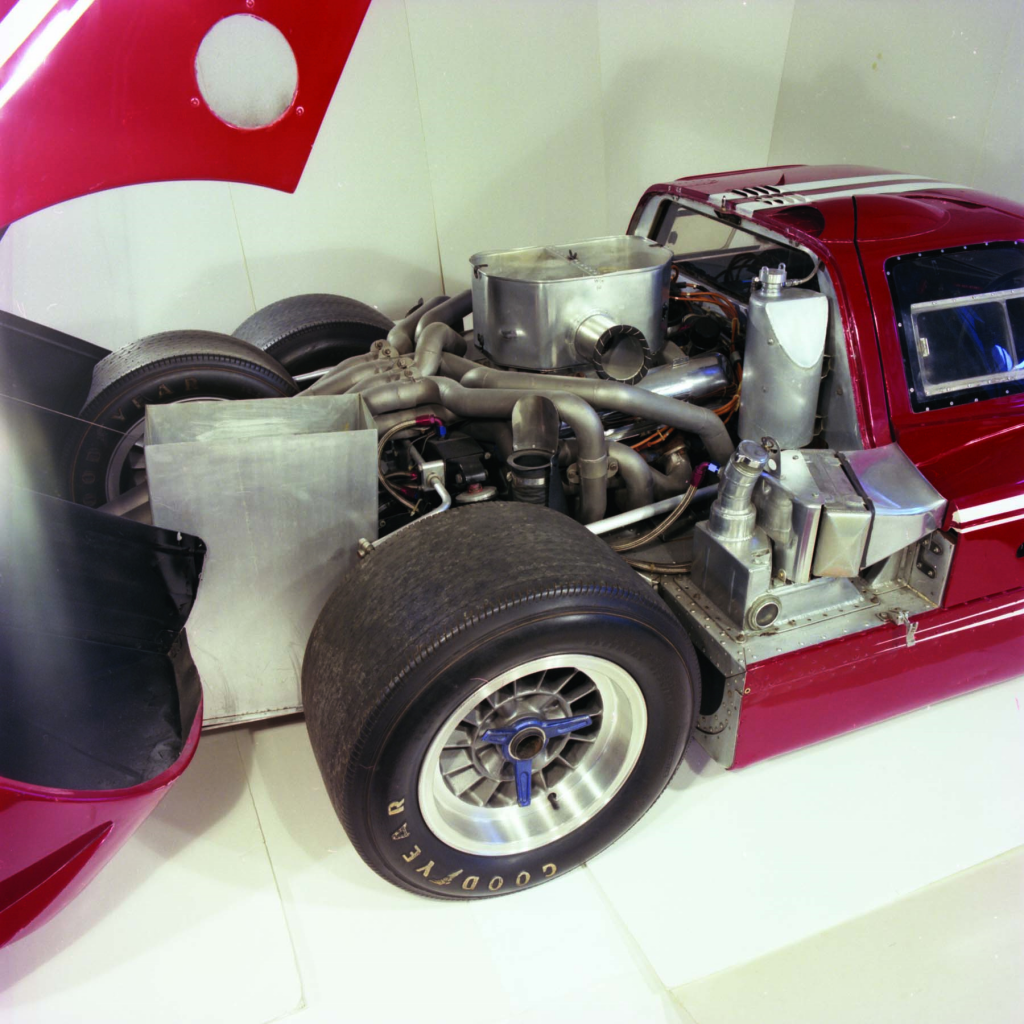Can someone break down a few of these components? Like the upper reservoir looks like quick access oil filler. Bottom reservoir is for adjacent radiator coolant for brakes. Large sheet metal box looks to be cold air box? Is that for brakes too? I'd love a break down of all of this.

Also, this is Dan Gurneys MkIV, but does anyone have more of these or any other HQ race car engine pics? Thanks.

Also, this is Dan Gurneys MkIV, but does anyone have more of these or any other HQ race car engine pics? Thanks.
